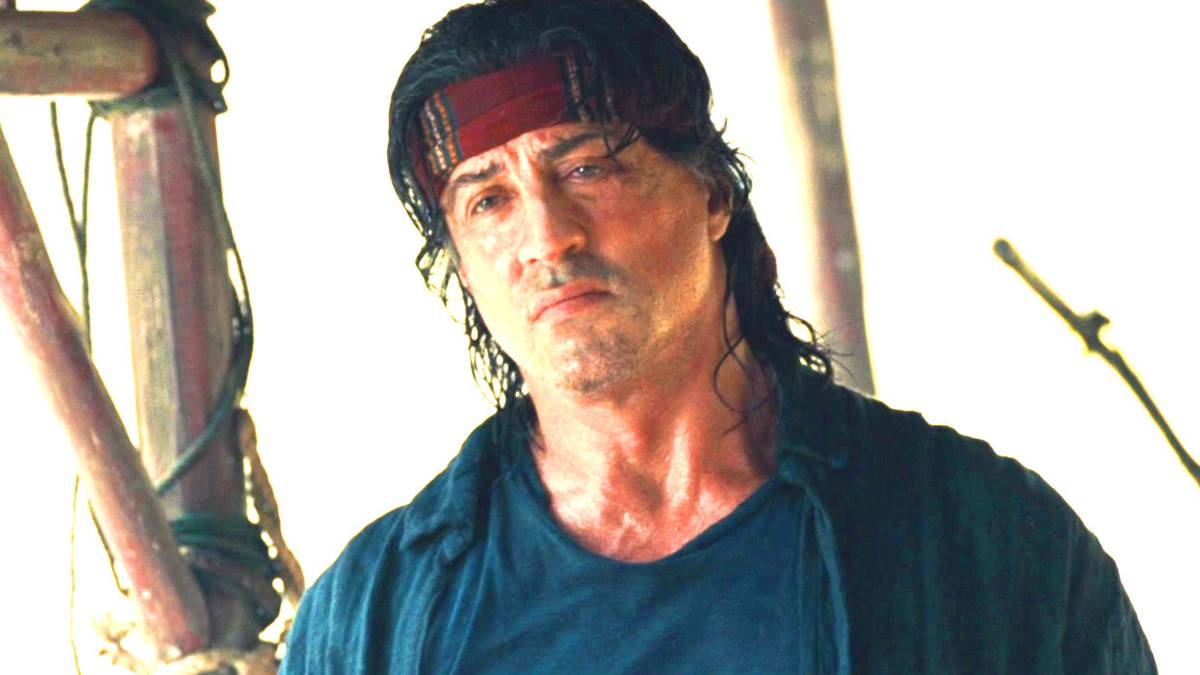Rambo (2008)
Rambo (2008), also known as John Rambo, is the fourth installment in the iconic action franchise starring Sylvester Stallone, who also directed and co-wrote the film. Gritty, violent, and emotionally intense, this chapter revisits the haunted Vietnam veteran John Rambo decades after his last mission, portraying him as a weary warrior pulled back into conflict when others’ lives depend on his courage.
The story begins in the jungles of northern Thailand, where Rambo lives in quiet isolation near the Burmese border. Now older and disillusioned, he earns a living by capturing snakes and ferrying people along the Salween River. His days are marked by solitude and a quiet acceptance of his violent past. Nearby, Burma (now Myanmar) is torn apart by a brutal civil war between the ruling military junta and Karen rebels.
:max_bytes(150000):strip_icc()/Rambo-IV-110722-f97790f623074faeb9dce895fa39c5b7.jpg)
One day, a group of Christian missionaries approaches Rambo with a request. Led by Michael Burnett (Paul Schulze) and Sarah Miller (Julie Benz), they ask him to take them upriver into war-torn Burma to deliver medical aid and supplies to villagers oppressed by the Burmese army. Rambo initially refuses, warning them that the region is too dangerous and that “nothing can help those people.” However, Sarah’s compassion and sincerity touch him, and he reluctantly agrees to guide them through the deadly territory.
After dropping them off, Rambo returns to his quiet life. But two weeks later, he learns from Pastor Arthur Marsh that the missionaries never came back — they were captured by Burmese soldiers during a raid. A team of mercenaries has been hired to rescue them, and Rambo is asked to take the team upriver. Despite his reluctance to reenter the violence, he agrees, recognizing that he cannot ignore innocent suffering.
Rambo joins the mercenaries — a rough group of hardened fighters who initially mock him as an outdated relic. But when they are ambushed in the jungle, Rambo’s deadly instincts resurface. In a stunning display of skill and ferocity, he saves the mercenaries and begins a full-scale assault to rescue the prisoners.

The film’s second half erupts into relentless, graphic warfare. Rambo builds makeshift weapons, sets traps, and uses his knowledge of jungle warfare to outwit the enemy. In one of the most powerful sequences, he mans a mounted machine gun and singlehandedly annihilates an entire column of Burmese soldiers. The violence is raw and unflinching — a reflection of both Rambo’s rage and the horrors of real war.
In the end, Rambo and the mercenaries succeed in rescuing the missionaries, though not without loss. As the survivors escape across the river, Rambo confronts the sadistic Burmese commander in a brutal one-on-one battle, ending it with merciless justice.
After the mission, Rambo returns to the United States for the first time in decades. The film’s closing scene shows him walking down a dusty road toward a mailbox marked “R. Rambo” — his family ranch in Arizona. The camera lingers as he finally comes home, suggesting peace, closure, and the faint hope of redemption.
Rambo (2008) is both a brutal war film and a character study — a meditation on violence, trauma, and the cost of survival. With its visceral realism and emotional depth, it revitalized the series and reminded audiences why John Rambo remains one of cinema’s most enduring action heroes.



